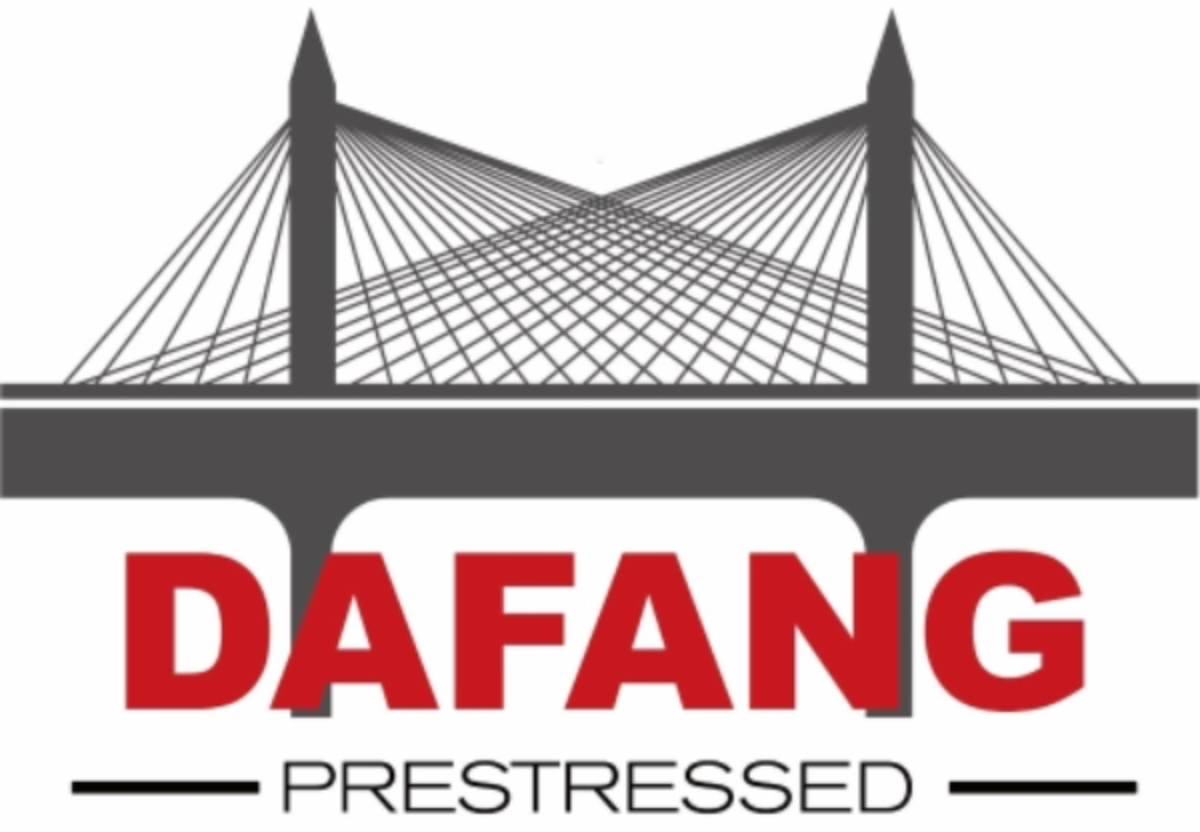News
25
2025
-
03
Navigating Stability: Enhancing Ship Performance with Prestressed Cable Anchor
Navigating Stability: Enhancing Ship Performance with Prestressed Cable Anchor
Table of Contents
- Introduction to Ship Stability and Performance
- The Role of Anchors in Maritime Operations
- What Are Prestressed Cable Anchors?
- Benefits of Prestressed Cable Anchors for Ships
- Installation Techniques for Prestressed Cable Anchors
- Maintenance and Monitoring of Prestressed Cable Anchors
- Case Studies: Successful Implementations
- Future Trends and Innovations in Anchoring Technology
- Conclusion
- Frequently Asked Questions
Introduction to Ship Stability and Performance
In the maritime industry, **ship stability** is paramount. The ability of a vessel to maintain its balance during various operational conditions directly influences its performance and safety. One of the most critical components contributing to this stability is the anchoring system, particularly the use of **prestressed cable anchors**. These innovative solutions are transforming how vessels manage stability and performance in challenging environments.
The Role of Anchors in Maritime Operations
Anchors have long served as the cornerstone of maritime operations, providing vessels with the necessary stability to remain in place, even in turbulent waters. A robust anchoring system ensures that ships can safely dock, remain stationary for loading and unloading, or ride out storms. The efficacy of these systems relies heavily on the design and materials used in their construction.
Traditional anchors often face limitations, including inadequate holding power and susceptibility to corrosion. As the maritime industry evolves, there is a growing need for more advanced solutions. This is where **prestressed cable anchors** come into play.
What Are Prestressed Cable Anchors?
**Prestressed cable anchors** are specialized anchoring systems that utilize high-strength cables, tensioned to withstand significant loads and environmental forces. Unlike conventional anchors, which rely on weight and shape to secure a vessel, these anchors provide enhanced stability through active tensioning. The primary components of a prestressed cable anchor include:
- **High-Strength Cables**: Made from materials such as steel, these cables are designed to bear heavy loads and resist wear and tear.
- **Anchor Plates**: These plates distribute the load across the cable, ensuring even tension.
- **Grouting Systems**: These are used to secure the anchor in place, providing additional stability and resistance to environmental factors.
The innovative design allows for better performance in both static and dynamic conditions, making them ideal for a wide range of maritime applications.
Benefits of Prestressed Cable Anchors for Ships
The implementation of prestressed cable anchors offers numerous advantages that significantly enhance ship performance and stability:
Improved Holding Capacity
Due to their design, prestressed cable anchors provide a superior holding capacity compared to traditional anchors. This capability is essential in harsh marine environments where the holding power of conventional anchors may not suffice.
Enhanced Durability
Constructed from high-strength materials, these anchors exhibit exceptional resistance to corrosion and environmental wear. This durability translates into lower maintenance costs and longer operational lifespans.
Reduced Vessel Motion
By maintaining tension and stability even in rough waters, prestressed cable anchors minimize unwanted vessel motion. This stability not only improves crew comfort but also safeguards cargo integrity.
Versatility in Application
Prestressed cable anchors can be used in various maritime operations, including offshore drilling, cargo shipping, and recreational boating. Their adaptability makes them suitable for both large and small vessels.
Environmental Considerations
With an increasing focus on sustainable practices, the use of prestressed cable anchors can reduce the environmental impact of anchoring operations. Their efficient design lessens the disturbance of marine ecosystems, aligning with the industry's move toward greener solutions.
Installation Techniques for Prestressed Cable Anchors
The installation of prestressed cable anchors requires precision and expertise. The following steps outline the general process:
Site Assessment
Before installation, an extensive site assessment is conducted to determine soil conditions, water depth, and potential environmental impacts. This information is crucial for selecting the appropriate anchor design.
Excavation and Preparation
The installation site is excavated to the required depth. This preparation ensures that the anchor can be securely embedded into the substrate, maximizing its holding capacity.
Anchor Placement
The prestressed cable anchor is placed and oriented according to the design specifications. Proper alignment is essential for optimal performance.
Tensioning the Cables
Once the anchor is in place, the cables are tensioned to the specified levels. This step is critical for ensuring that the anchor can withstand expected loads and environmental forces.
Grouting
Finally, a grouting system is applied to secure the anchor in place. This process enhances stability and ensures that the anchor remains effective over time.
Maintenance and Monitoring of Prestressed Cable Anchors
To ensure the ongoing effectiveness of prestressed cable anchors, regular maintenance and monitoring are essential:
Routine Inspections
Conducting routine inspections allows operators to identify any signs of wear, corrosion, or damage. Early detection of potential issues can prevent costly repairs and uphold safety standards.
Tension Checks
Monitoring the tension levels of the cables is crucial. If tension decreases, it may indicate underlying issues that require immediate attention to maintain stability.
Environmental Impact Assessments
Regular assessments of the environmental impact of anchoring operations can help minimize ecological disturbances and ensure compliance with regulations.
Case Studies: Successful Implementations
Examining real-world applications of prestressed cable anchors provides insight into their effectiveness.
Offshore Wind Farms
In offshore wind farm projects, prestressed cable anchors have been employed to stabilize turbine foundations. These anchors have proven to withstand extreme weather conditions, ensuring the integrity of the entire infrastructure.
Cargo Vessels in Rough Seas
Several cargo shipping companies have adopted prestressed cable anchors to enhance stability during loading and unloading operations in turbulent waters. The results have shown reduced vessel motion and increased safety for crew and cargo.
Future Trends and Innovations in Anchoring Technology
As the maritime industry progresses, new innovations in anchoring technology are emerging. Future trends include:
Smart Anchoring Systems
The integration of technology in anchoring systems, such as sensors for monitoring tension and environmental conditions, is on the rise. These smart systems can provide real-time data, enhancing decision-making and safety.
Alternative Materials
Research into alternative materials for prestressed cable anchors is underway. Innovations that reduce weight while maintaining strength could further improve performance and sustainability.
Automation in Installation
Advancements in automation may streamline the installation process, increasing efficiency and reducing the potential for human error.
Conclusion
In conclusion, prestressed cable anchors represent a significant advancement in maritime anchoring technology. Their ability to enhance ship stability and performance makes them an invaluable asset for the maritime industry. As ships face increasingly challenging conditions, investing in innovative anchoring solutions becomes essential for ensuring safety, efficiency, and environmental stewardship. By embracing the benefits of prestressed cable anchors, the maritime industry can navigate the future with greater confidence and stability.
Frequently Asked Questions
1. What makes prestressed cable anchors different from traditional anchors?
Prestressed cable anchors utilize high-tension cables that provide superior holding capacity and stability, compared to traditional anchors that rely on weight and shape.
2. How often should prestressed cable anchors be inspected?
Routine inspections should be conducted regularly, typically every six months, although frequency may vary based on environmental conditions and usage.
3. Can prestressed cable anchors be used in all marine conditions?
Yes, these anchors are designed to withstand a variety of marine conditions and are particularly effective in harsh environments.
4. What are the maintenance requirements for prestressed cable anchors?
Maintenance involves routine inspections, tension checks, and environmental impact assessments to ensure ongoing effectiveness.
5. Are there any environmental benefits to using prestressed cable anchors?
Yes, these anchors minimize disturbance to marine ecosystems and can help align anchoring practices with sustainable initiatives in the maritime industry.
Latest News
—
Sep 15,2021
Leave A Message

All products are selling well in both domestic and abroad.We also welcome OEM and ODM orders.
Contact Us
 info@hndfyyl.com
info@hndfyyl.com
 +8615093660266
+8615093660266
 Luhuagang turntable 50 meters, Yuwangtai District, Kaifeng, Henan Province, China
Luhuagang turntable 50 meters, Yuwangtai District, Kaifeng, Henan Province, China
Copyright © Kaifeng Dafang Prestressed Co, Ltd. All Rights Reserved. Powered by:www.300.cn SEO Privacy Policy
Copyright © Kaifeng Dafang Prestressed Co, Ltd. All Rights Reserved.
TOP
在线留言


